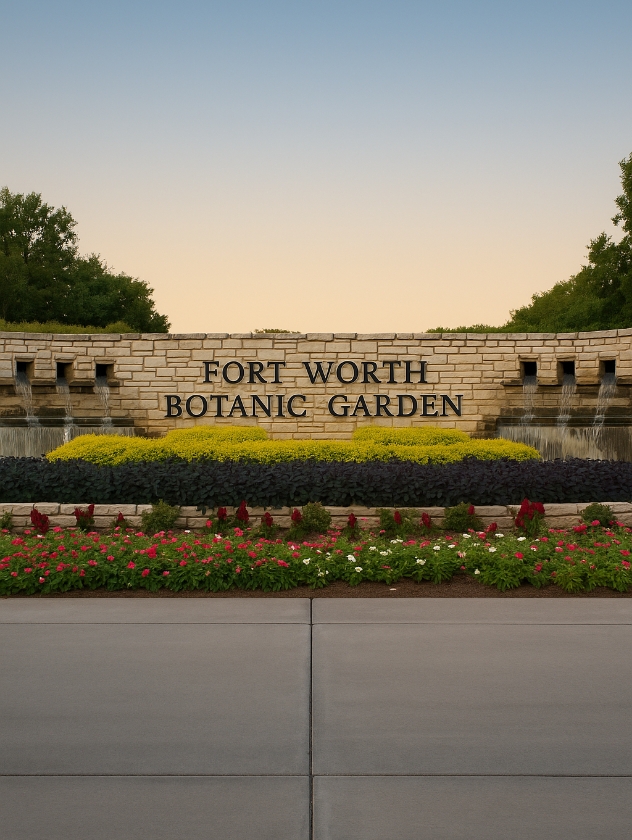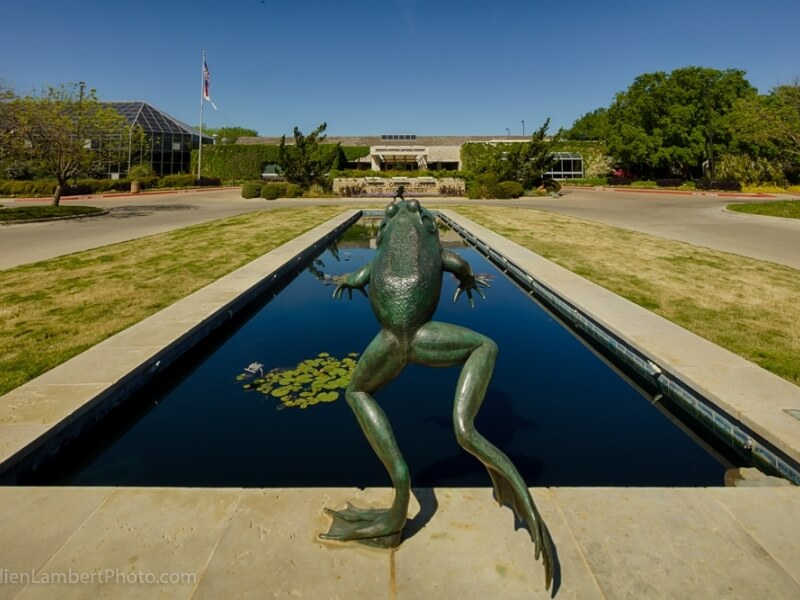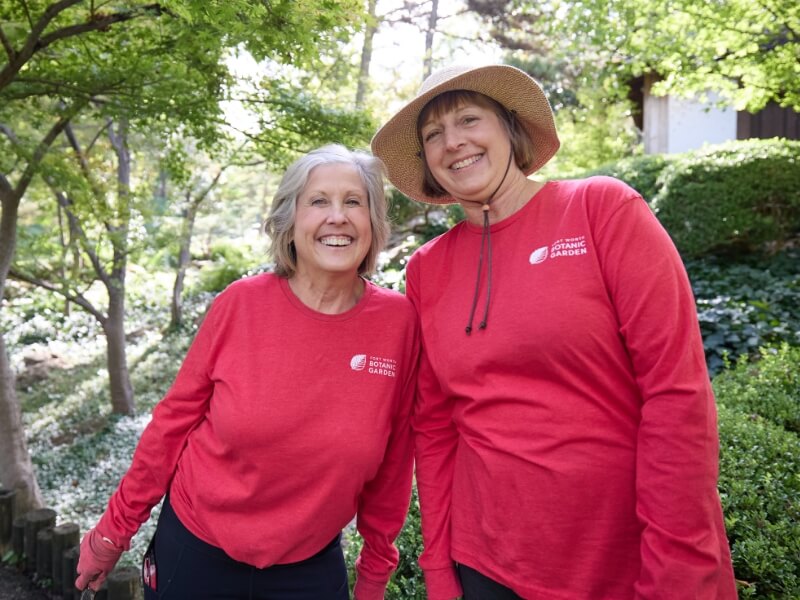Herbarium
Herbarium Hours
The Philecology Herbarium is open for public use by appointment, from 10 am to 4 pm, Monday through Friday. Please contact us beforehand to make sure someone will be available to orient you and assist you if necessary. FWBG|BRIT is closed on most national holidays.
Open by appointment, from 10 am to 4 pm, Monday through Friday.
About the Herbarium
The Philecology Herbarium (herbarium acronym: BRIT) houses over 1.5 million plant specimens in the combined BRIT, SMU, VDB, and NLU collections, ranking it among the top ten largest herbaria in the United States. Areas of geographic concentration encompass Texas, the southeastern United States, Mexico, Central America, South America, and Southeast Asia. The BRIT herbarium holdings are are worldwide in scope, and represent most of the earth’s plant families. Holdings include vascular plants, bryophytes, lichens, fungi, algae, slime molds, microscope slides, and a xylarium.
Digitized holdings can be accessed through the following portals:
The core of BRIT’s herbarium and library is the Lloyd H. Shinners Collection in Systematic Botany, begun at Southern Methodist University in Dallas, Texas, in 1944. The Botanical Research Institute of Texas was formed in 1987 to house the transfer of this collection, which moved to Fort Worth in 1991. See the Lloyd H. Shinners Collection in Systematic Botany (herbarium acronym: SMU) listed in Index Herbariorum.
In 1997, the Vanderbilt University Herbarium, which was developed and curated by Dr. Robert Kral, was donated to BRIT. This was a valuable complement to the southern US holdings of the SMU herbarium, including the addition of ca. 360,00 specimens, many from from Alabama or Tennessee. See the Vanderbilt University Herbarium (herbarium acronym: VDB) listed in Index Herbariorum.
In 2017, the R. Dale Thomas Plant Collection at the University of Louisiana at Monroe was given to BRIT. This collection comprised ca. 472,000 specimens, primarily documenting the flora of Louisiana but also including material world-wide in distribution. Approximately 60,000 specimens from this collection will transfer to the Shirley C. Tucker Herbarium at Louisiana State University. See the R. Dale Thomas Plant Collection (herbarium acronym: NLU) listed in Index Herbariorum.
These four collections, BRIT, SMU, VDB, and NLU, retain their identifying herbarium acronym for the purposes of citation in scientific publications.
Please visit the Herbarium’s Policies for Use page for further information regarding the use of our specimens, and the Transactions page for further information on acquisitions, loans and exchanges.
Carousel items
-
Plant Collection and Preservation
-
Herbarium Curation Projects
-
Herbarium Digitization
-
Acquisitions, Loans, and Exchanges
-
Plant Identification
-
Armchair Botanist
-
Policies for Use of the Herbarium
-
Growth of the BRIT Herbarium Collections
More from:
More ways to get involved with the Fort Worth Botanic Garden

Important Announcement:
Our Beauty Bus service will be temporarily suspended until 28 July 2025 while we construct the new Baker Martin Family Garden. Thank you for your understanding as we create this beautiful new space!


